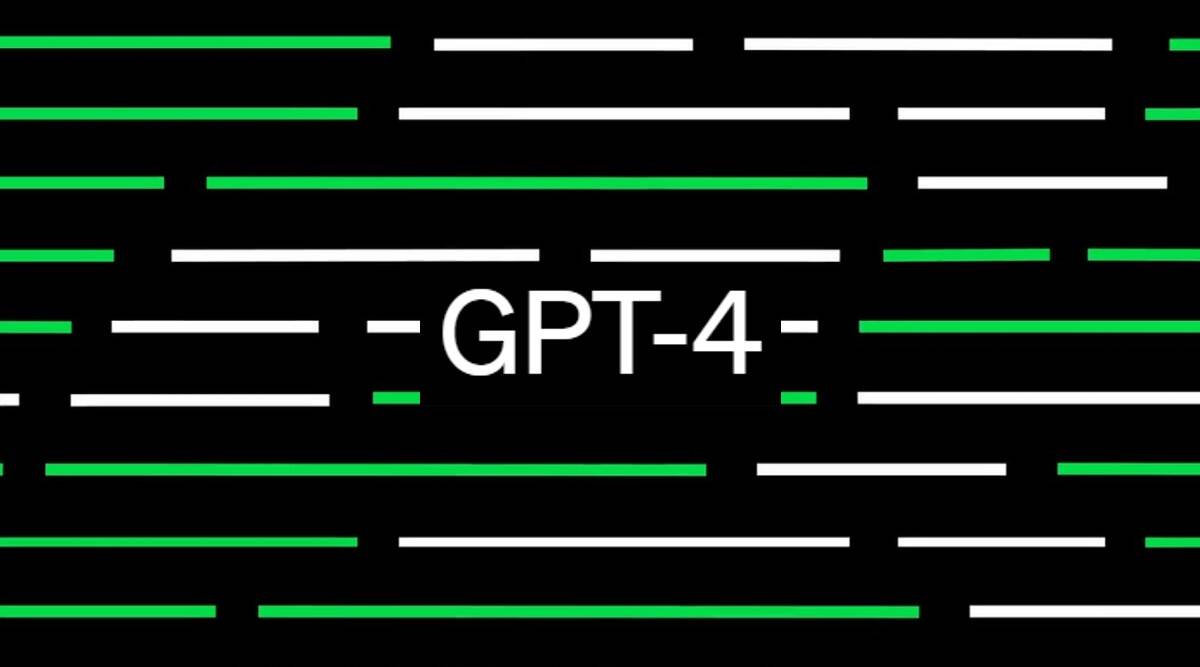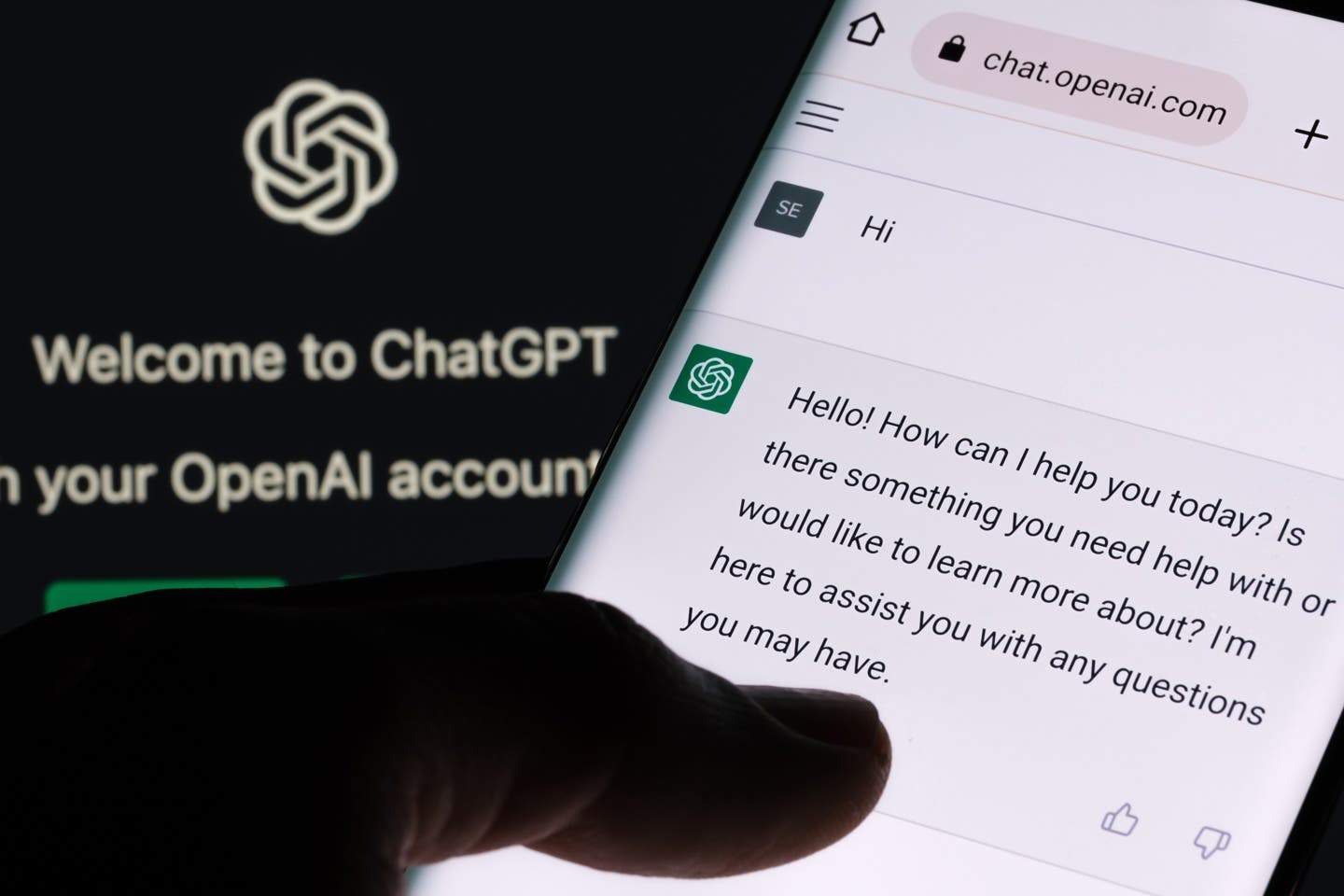In a recent post on X (Twitter), OpenAI acknowledged receipt of the complaints made by some users about GPT-4. The users claim that when using GPT-4 or ChatGPT API in recent times, the response is very slow and perfunctory during peak times. In some cases, it refuses to answer and in others, there is interruption in the conversation if there is a series of questions. According to The Independent, the above issues usually manifest if the user requests GPT-4 to enter a piece of code. It may only provide some information, and then instruct the user to fill in the remaining parts. Sometimes, GPT-4 tells people “You can do this yourself .”
Introduction – Users Complain About GPT-4 and its “Lazy” behavior

In response, OpenAI said that it has received feedback about GPT-4 getting lazy. The company said this is because it has not updated the model since November 11. This is about one month ago. However, OpenAI said that not updating the model is not intentional and it is working to fix it.
In an X (Twitter) post, the company said
“We’ve heard all your feedback about GPT4 getting lazier! We haven’t updated the model since Nov 11th, and this certainly isn’t intentional. Model behaviour can be unpredictable, and we are looking into fixing it”
Although the company acknowledged the above facts, so far OpenAI has not completely solved this problem. Apart from the lack of an update, no specific reasons have been made public. We can not report specific reasons based on speculation and rumors. We only report official information from OpenAI. The company has not spoken so there is no specific reason for the behaviour. The company did not also state when it will release an update for the model.
GPT-4 – A Big Update For the AI
OpenAI’s GPT-4, released on March 14th, 2023, is a large-scale, multimodal model that has been lauded for its advancements in language processing and understanding. The state-of-the-art artificial intelligence language model has been praised for its ability to accept image and text inputs and produce text outputs. It has shown improvements over its predecessors, particularly in tasks requiring complex reasoning abilities, higher context length, or image processing. However, it has been noted that GPT-4 has limitations, such as not being fully reliable and having a limited context window. These limitations may contribute to the perception of “laziness” in certain tasks.

OpenAI conducted a user-based evaluation comparing GPT-3.5 and GPT-4, which revealed that 70% of users preferred GPT-4’s responses. This indicates a generally positive reception of GPT-4’s outputs. However, there are also reports that GPT-4 did not perform well in certain tasks, especially when asked to self-replicate. This could be interpreted as “laziness” in specific contexts.
A study has evaluated the consistency of feedback ratings generated by GPT-4. The results revealed a high interrater reliability, suggesting that GPT-4 is capable of generating consistent ratings across repetitions with a clear style and content differentiation. While this does not directly address the claim of “laziness,” it provides insights into the model’s reliability in generating consistent feedback.
Gizchina News of the week
The Main Highlights of GPT-4
GPT-4, or Generative Pre-trained Transformer 4, is an artificial intelligence large language model developed by OpenAI, the same company behind Dall-E, ChatGPT, and GPT-3. It is designed to generate text from textual and visual input and can handle more complex tasks than its predecessors. Some of the key capabilities of GPT-4 include:
1. Complex problem-solving: GPT-4 can follow complex instructions in natural language and solve difficult problems with accuracy.
2. Longer prompts: Unlike GPT-3, which could only analyze, read, and generate up to 1,000 words, GPT-4 can handle prompts up to 25,000 words.
3. Multimodal input and output: GPT-4 can accept both text and image inputs and output human-like text.
4. Improved creativity and understanding: GPT-4 is better at playing with language and expressing creativity, as demonstrated by its ability to summarize content using words that start with the letter ‘g’.
In comparison to GPT-3.5, GPT-4 has improved in terms of reliability, creativity, and intelligence. However, whether the new capabilities offered by GPT-4 are appropriate for your business depends on your specific use cases and whether you have found success with natural language artificial intelligence.

Tips for those seeking to use GPT-4 or ChatGPT API
To utilize GPT-4 or ChatGPT API, follow these tips:
1. Accessing GPT-4:
- GPT-4 is available through the ChatGPT Plus paid subscription, while the free version continues to use GPT-3.5.
- ChatGPT Plus subscribers will get GPT-4 access on chat.openai.com with a usage cap, which will be dynamically adjusted based on demand[2].
2. Using the GPT-4 API:
- For developers, GPT-4 is offered as an API for integration into applications and services.
- To access the GPT-4 API, upgrade your account for API access and set the model in your API call to “gpt-4”.
3. Crafting Prompts:
- When using ChatGPT, craft clear and concise text prompts or questions, as the quality and clarity of the input significantly influence the relevance and accuracy of the AI’s responses.
4. Subscription and Access:
- To use GPT4 through ChatGPT, a subscription to ChatGPT Plus is required
- Subscribers will have access to GPT4 on the ChatGPT platform. They will also have a usage cap that will be adjusted based on demand and system performance.
5. Free Access:
- To try GPT4 for free, use Bing Chat through the Microsoft Edge web browser.
By following these tips, users can effectively access and leverage the capabilities of GPT4 and ChatGPT API for various creative, technical, and reasoning tasks.
Final Words
OpenAI has confirmed receipt of complaints that GPT-4 is getting lazy. The company said that the model had not gotten an update for one month. OpenAI’s GPT-4 has demonstrated significant advancements in language processing and understanding. While it has received positive feedback in many areas, there are also reports of limitations and subpar performance in certain tasks. The claim of “laziness” may stem from these limitations.
Author Bio
Efe Udin is a seasoned tech writer with over seven years of experience. He covers a wide range of topics in the tech industry from industry politics to mobile phone performance. From mobile phones to tablets, Efe has also kept a keen eye on the latest advancements and trends. He provides insightful analysis and reviews to inform and educate readers. Efe is very passionate about tech and covers interesting stories as well as offers solutions where possible.




